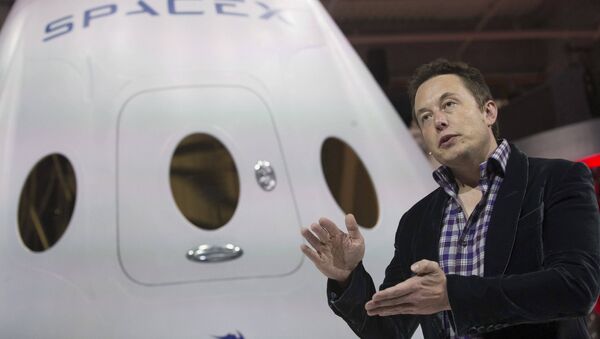Mr Steven’s broad net only managed to touch the edge of the fairing's parafoil, as the video published by the company shows.
READ MORE: SpaceX Launches US Military GPS Satellite After Several Delays
The test took place in the Pacific Ocean, off the California coast, not far from the home port for Mr Steven and SpaceX’s HQ in Los Angeles. A helicopter lifted the payload fairing off the deck of another ship, carried it high into the sky, and then dropped it, as shown in the 59-second video, which SpaceX posted on Twitter yesterday (January 7).
SpaceX reveals Falcon fairing recovery progress as Mr. Steven barely misses catch pic.twitter.com/df60aXJMjL
— Reddit SpacePictures (@space_reddit) January 8, 2019
Payload fairings are protective nose cones that surround satellites during launch. Each fairing costs about $6 million, company founder and CEO Elon Musk has said, which explains the desire to catch and reuse them. Falcon 9 fairings fall back to Earth in two pieces, each of which has small thrusters for steering and a descent-slowing parafoil — the recent catch test involved a fairing half, not a full fairing.
Successful catches would keep fairing halves from getting dunked in seawater, which is corrosive and could affect the ability to reuse them in the future. However, Musk said that the company still plans to reuse the rocket nose cone Mr Steven had failed to catch last month, noting that there is “nothing wrong with a little swim.”
Falcon fairing halves missed the net, but touched down softly in the water. Mr Steven is picking them up. Plan is to dry them out & launch again. Nothing wrong with a little swim.
— Elon Musk (@elonmusk) 3 декабря 2018 г.


